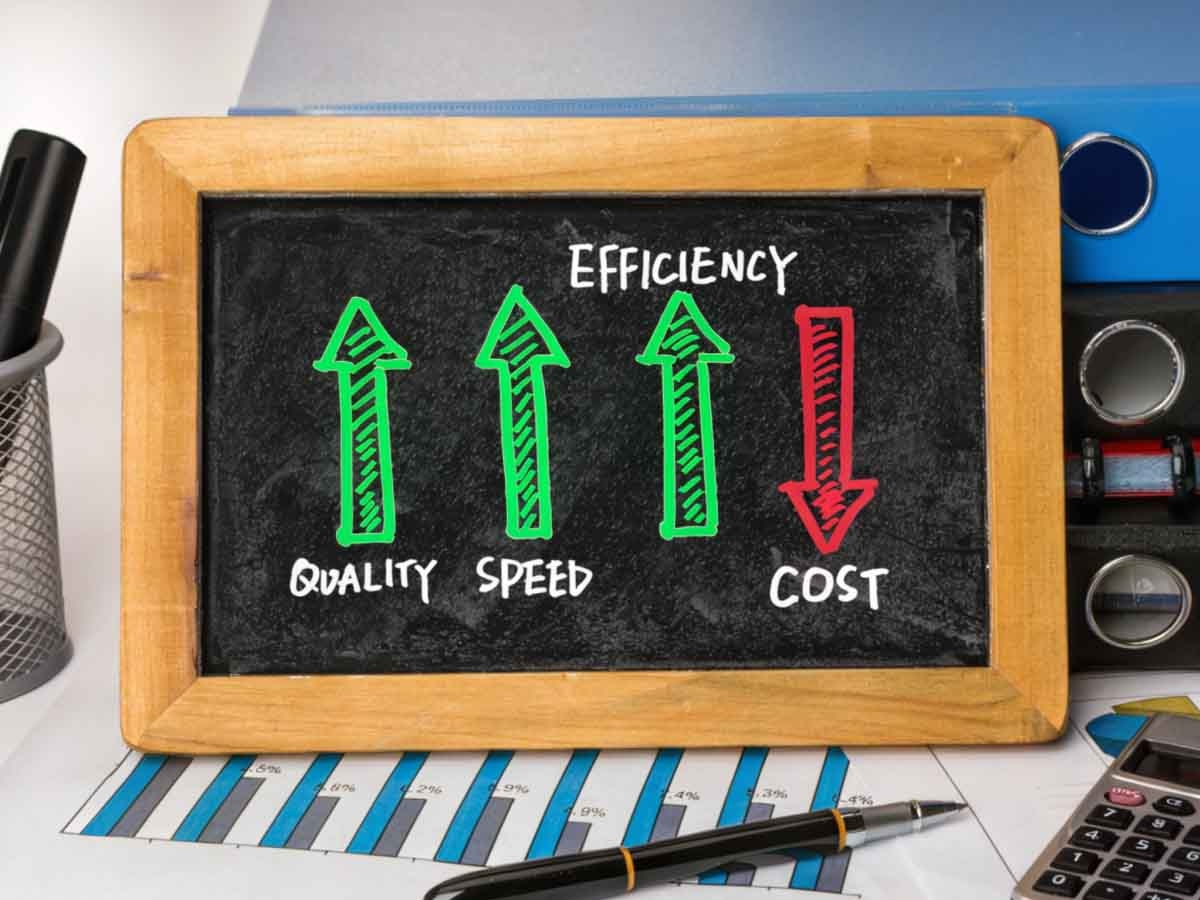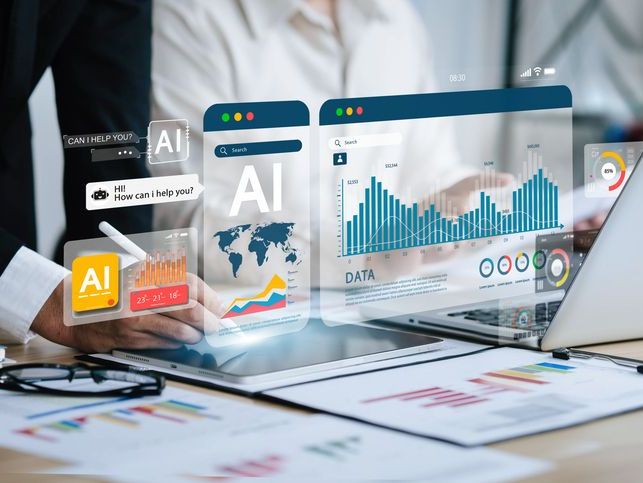In today’s digital workplaces, employee monitoring is common practice. A growing number of business leaders use it to increase productivity, ensure compliance with company policies and protect company data.
However, not everyone understands the legal landscape. Employee monitoring laws are constantly evolving, making compliance a big challenge.
ActivTrak is here to help. Our employee monitoring experts pulled together the need-to-know basics on various aspects of employee monitoring laws. Keep reading for the insights you need to navigate this complex terrain.
What is employee monitoring?
Employee monitoring refers to the various methods and technologies companies use to track employee activities during work hours. It ranges from simple practices like tracking attendance to more sophisticated systems that monitor computer usage, internet browsing and even email communications. Fueled by the rise of remote and hybrid work, employee monitoring software equips managers with insight into important information such as workload balance and signs of burnout.
What’s the purpose of employee monitoring?
The primary goal of employee monitoring is to enhance productivity and ensure employees adhere to company policies. Keeping an eye on day-to-day trends and patterns empowers managers to identify inefficiencies, prevent burnout and support employee well-being.
Contrary to commonly held assumptions, employee monitoring is not just for managers and executives. Employees benefit from automated time-tracking, records of productive time and even personal insights on healthy work habits — and how to fine-tune them.
Types of employee monitoring
Employee monitoring comes in several forms, each with its own implications and legal considerations. Some common types include:
- Computer monitoring: This type of monitoring focuses on tracking employee activity on company devices including desktops, laptops and corporate phones.
- Internet monitoring: This type of monitoring focuses on internet usage. Employers use it to track website visits, online communications and social media account activity during work hours.
- Video surveillance: Some companies also use cameras to monitor physical spaces, or webcams to keep tabs on remote and hybrid employees on days they work from home. However, recording employees — especially in private settings — raises serious legal concerns and may breach wiretapping laws or privacy protections without explicit consent.
In addition to these methods, some organizations also use advanced technologies like biometric monitoring to track employee attendance and hours. While these solutions help streamline operations, they also raise important ethical questions regarding employee privacy.
The legal framework for employee monitoring
Yes, employee monitoring is legal in the United States. But while most laws allow employers to monitor their employees, the specifics vary by jurisdiction. And the combination of federal and state laws, as well as industry-specific regulations, gets confusing.
So, what do you need to know?
First, take steps to respect your employees’ privacy. It’s OK to collect and analyze data when the goal is to support team productivity and employee well-being, as long as you don’t violate their trust. Monitoring activities on company owned devices is acceptable — keylogging and screening phone calls on personal devices is not.
Second, ensure you have a legitimate business purpose for monitoring and follow any legal requirements that apply to your jurisdiction and industry. If you have employees in Europe, you must also put policies in place to protect your employee data according to the General Data Protection Regulation (GDPR).
Let’s look at the most important laws and regulations now.
Federal laws
In the United States, several federal laws impact employee monitoring practices. The Electronic Communications Privacy Act (ECPA) is one of the most significant. This law prohibits the interception of electronic communications without employee consent, although there are exceptions for employers monitoring their own systems.
In addition, the National Labor Relations Act (NLRA) protects employees’ rights to engage in certain activities — which may include discussing workplace conditions. When in doubt, discuss concerns with your company attorney to ensure you’re not infringing upon employee rights in your monitoring practices.
State laws
Not all states have their own laws regarding employee monitoring. But among those that do, the protections often exceed those of federal law — making it imperative for companies operating in these regions to stay informed about local regulations.
California
California takes employee privacy seriously, especially with the California Consumer Privacy Act (CCPA) and its newer companion, the California Privacy Rights Act (CPRA). While employers can monitor workplace communications, these laws give employees significantly more control over their personal information than most other states. Your California team members have the right to know exactly what data you’re collecting through monitoring software, as well as why you’re collecting it and how you plan to use it. They can even request to see, correct or delete their personal information, and can opt out of having their data sold or shared. Plus, you’ll need to keep that employee data locked down tight to prevent unauthorized access or breaches.
Connecticut
Connecticut takes employee privacy seriously and provides specific employee monitoring rules to follow. While the state doesn’t have a statute specifically addressing computer monitoring, it does prohibit companies from monitoring certain locations and eavesdropping on private conversations. You can’t use electronic surveillance in areas meant for health and personal comfort — think restrooms, locker rooms and break areas. You also can’t intentionally listen in on employment contract negotiations, which could land you in serious legal trouble, and must gain consent from all parties before recording phone calls.
Delaware
Delaware keeps its employee monitoring requirements pretty straightforward with a clear focus on notification. The state requires employers to give employees notice before monitoring phone calls, emails or internet usage, but gives you two flexible options for how to do it. If you have employees in this state, either provide a one-time written notice for employees to acknowledge or send daily electronic notifications each time they access company email or internet services. If you violate these notice requirements, you’ll face a $100 civil penalty for each violation.
New York
New York jumped on the employee monitoring notification bandwagon in 2022, requiring private employers to be upfront about electronic surveillance practices. If you operate in this state, you need to notify new hires about monitoring policies when they start and post a clear notice in a conspicuous spot for all monitored employees to see. New York’s law covers the usual suspects — phone calls, emails and internet usage — but uses broad language to cover monitoring of computers, phones and even radio. Penalties for noncompliance start at $500 for the first offense and go up to $3,000 for repeat violations.
Industry-specific regulations
Certain industries, such as healthcare and finance, are subject to additional regulations concerning employee monitoring. For example, the Health Insurance Portability and Accountability Act (HIPAA) imposes strict guidelines on monitoring employee data in healthcare settings. Companies in these sectors must ensure compliance with both industry standards and general employee monitoring laws.
Best practices for legal and ethical employee monitoring
Remember, state and federal laws exist for a reason. Employee monitoring should foster — not harm — a positive workplace culture. These proven best practices will help you stay compliant while supporting employee productivity.
Develop clear policies
Establishing clear policies regarding employee monitoring is an essential first step. Outline the types of monitoring you use, as well as your purpose for using it and how you’ll leverage the data. Providing a comprehensive overview reduces your risk of misunderstandings and noncompliance.
Seek legal guidance
Given the complexities of employee monitoring laws, seeking legal counsel is crucial. Find a legal expert to help you navigate the ever-changing intricacies of federal and state regulations. This helps ensure compliance and minimizes potential liabilities as laws change. Schedule regular consultations to stay updated on any changes in the legal landscape.
Get employee consent
One of the most critical aspects of employee monitoring laws is the requirement for consent and notification. Be upfront about your monitoring practices to avoid legal repercussions. Whether explicit through signed agreements or implicit with company policies and handbooks, the key is to thoroughly document your consent process. Make sure employees understand what activities you’re monitoring — and why.
Provide employee training
Training employees on how to use the data you collect is an excellent way to establish transparency and trust. For example, many organizations help employees improve their own healthy work habits by providing personal insights dashboards. Keeping employees informed ensures they not only understand their rights and responsibilities but also benefit from your monitoring practice.
Do employee monitoring the right way with ActivTrak
Employee monitoring doesn’t have to be a legal minefield. When done right, it becomes a powerful tool for supporting your team’s productivity and well-being while staying on the right side of the law.
The key? Find your sweet spot between valuable insights and employee trust. Following clear policies, maintaining transparency and focusing on legitimate business purposes allows you to create a monitoring program that works for everyone. ActivTrak’s employee monitoring software makes it easy to do just that.
Request a demo to see how we help organizations like yours balance productivity insights with employee privacy, and discover how the right monitoring approach transforms your workplace culture while keeping you legally protected.





